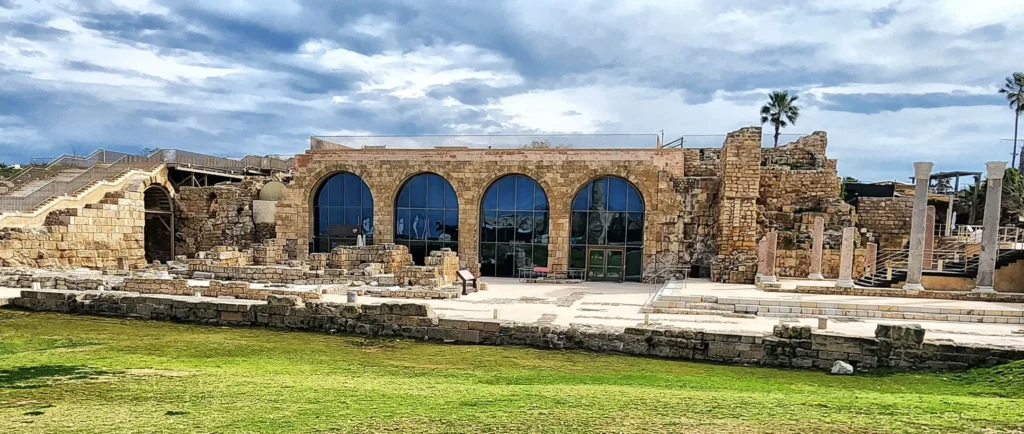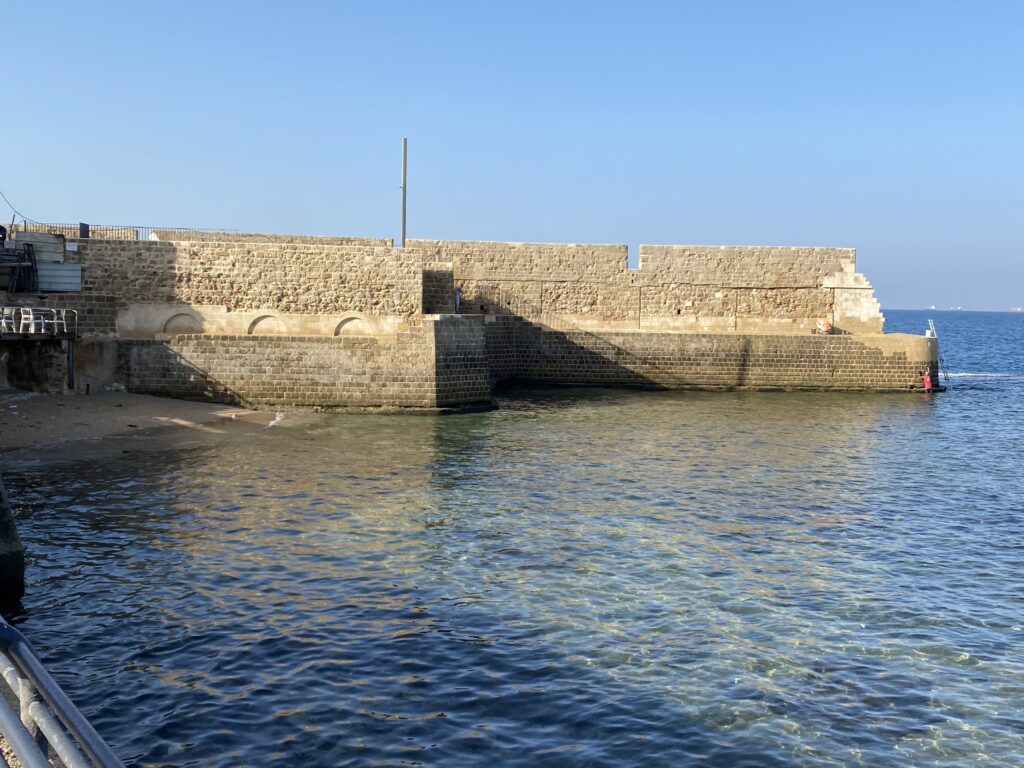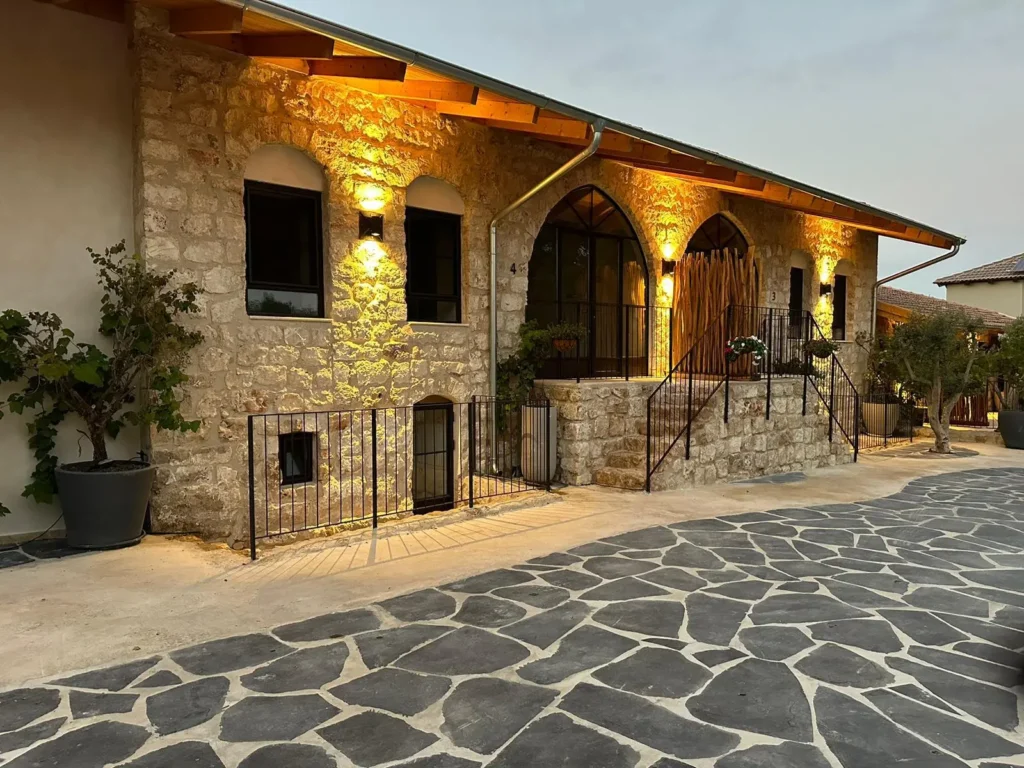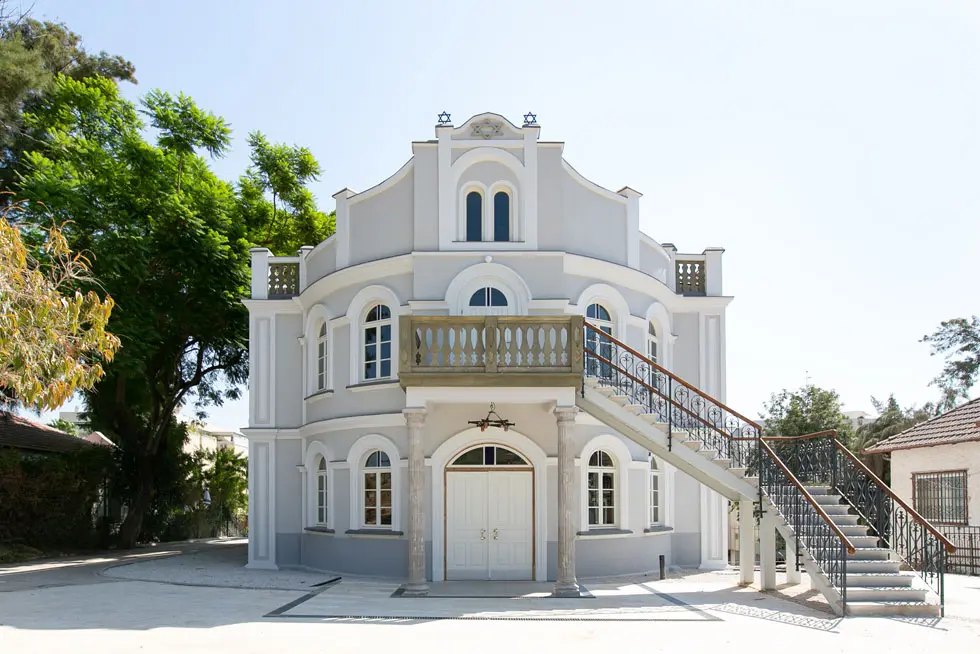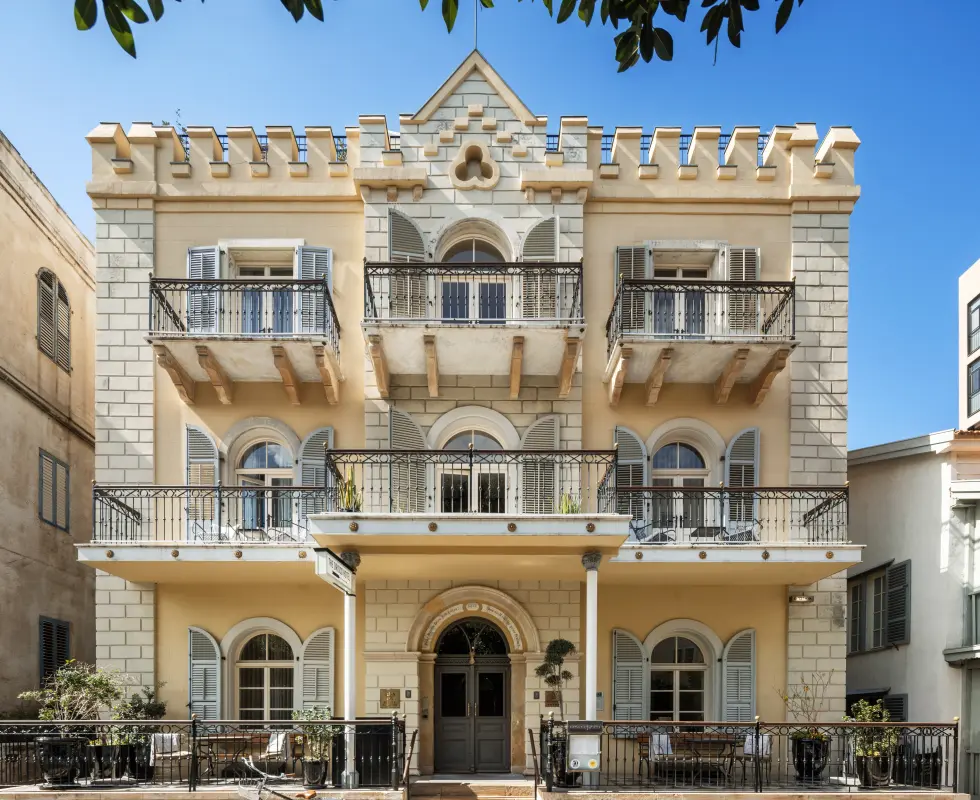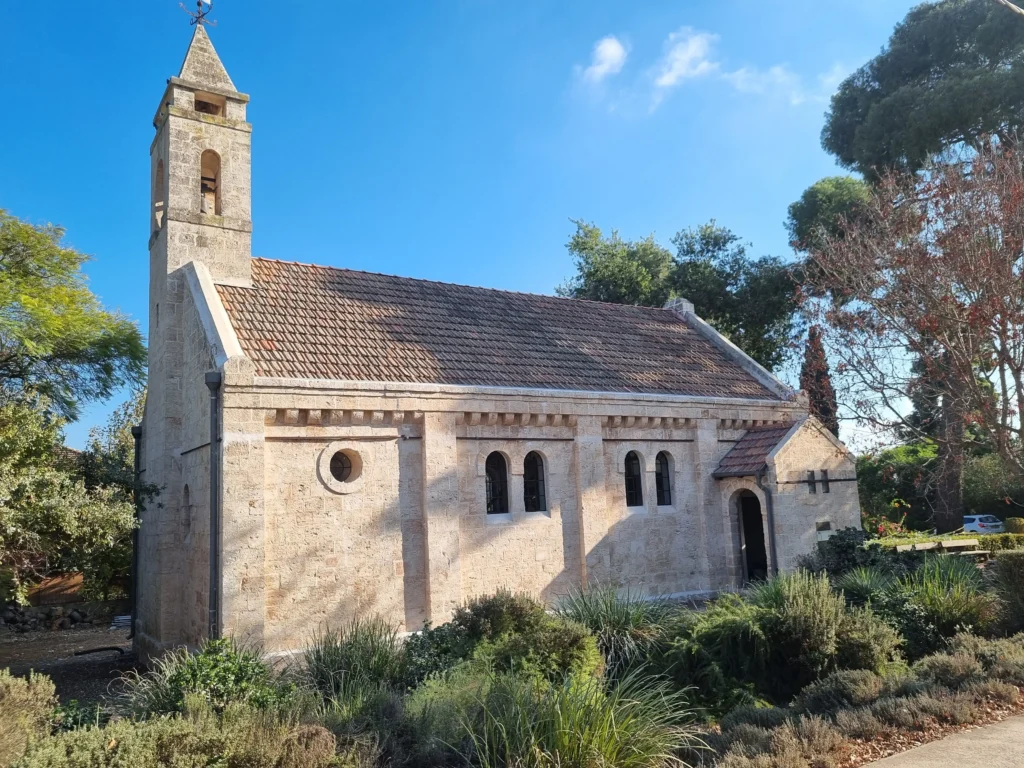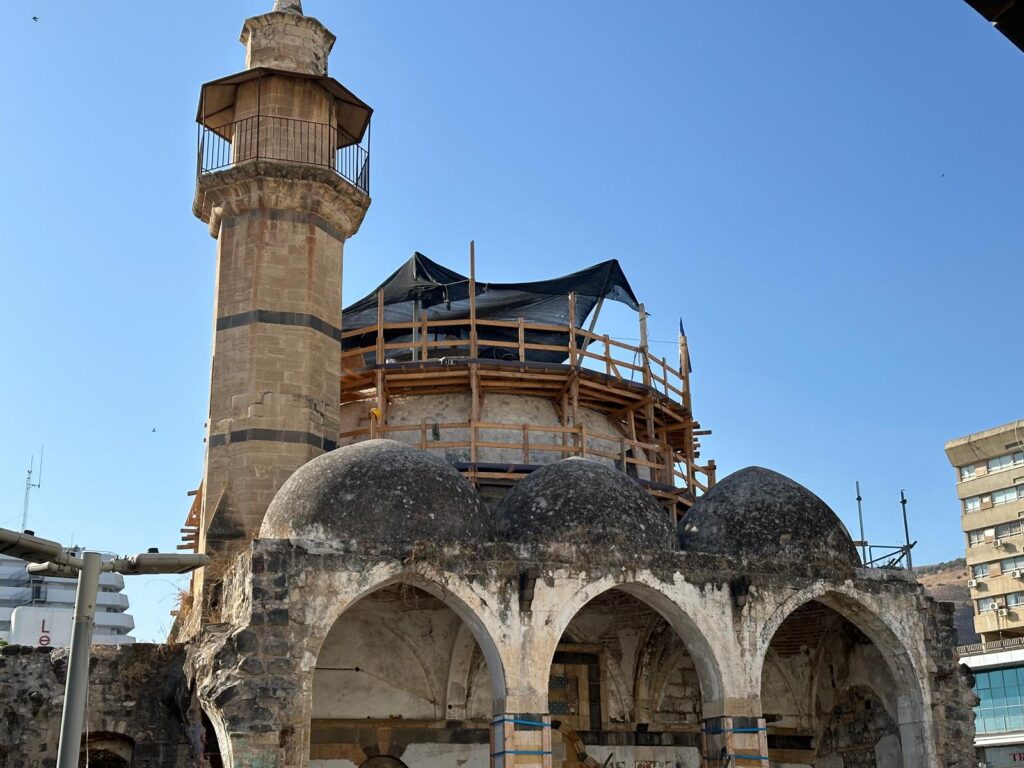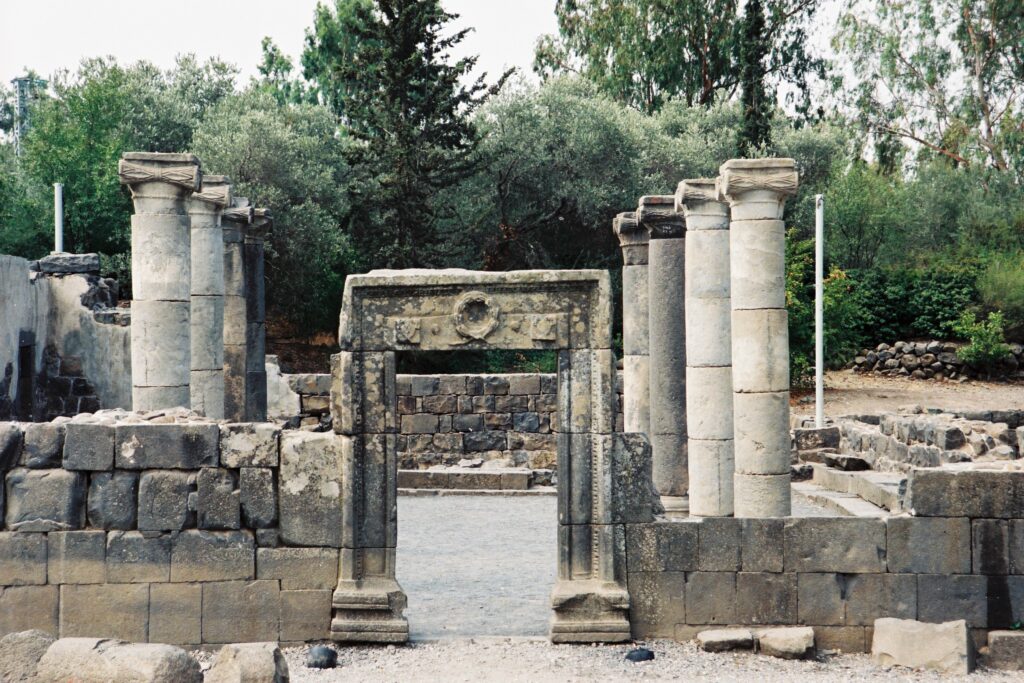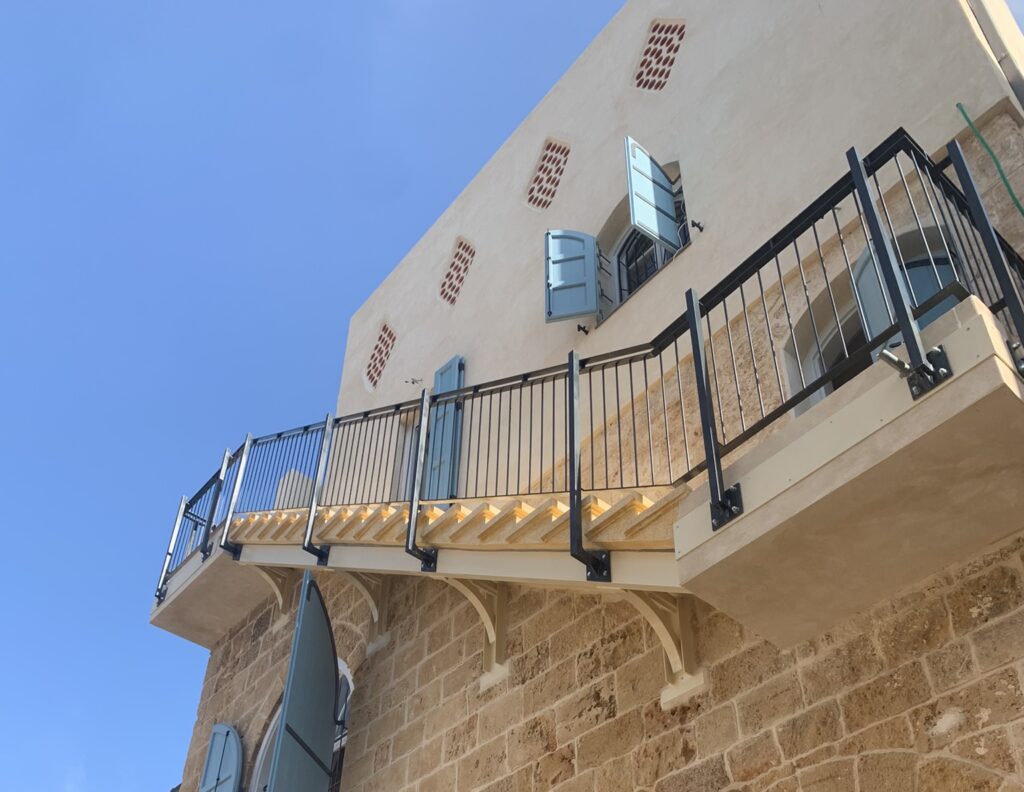Historical Background

Condition Prior to Conservation
Before conservation began, large sections of the fortress were declared unsafe to use. The northern facade was severely damaged, with many stones essential to the building’s stability stolen over the years. The main entrance had been completely taken apart, resembling a hole in the wall, window frames were broken or missing, and deep cracks threatened the overall structural integrity.
This is how the main entrance appeared before the restoration began.
Project Goals
The historic building conservation project, spanning nearly a decade (and still ongoing), aimed to transform the site from a hazardous ruin into an active heritage and tourism destination within the national park.
Work included structural stabilization, adapting interior spaces for visitors, constructing a gift shop and café, and integrating modern infrastructure such as a multimedia system and an accessible elevator.
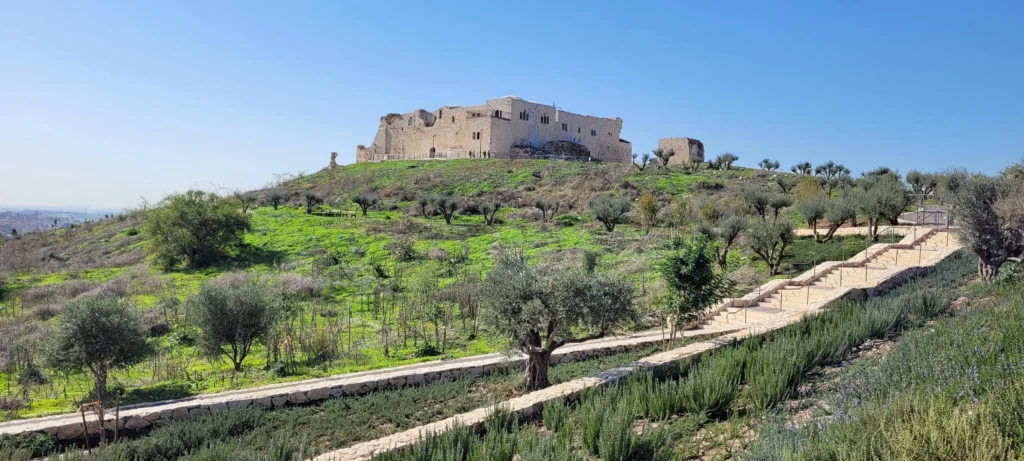
Engineering Challenge
The greatest engineering challenge was the building’s vast footprint—approximately 800 square meters per floor—coupled with its critically unstable condition. Every cracked or missing structural component had to be carefully examined, restored, and reinforced to make the building safe for public use.
A notable example involved a central pier supporting an entire floor. This pier, built of stacked stones, had fractured into eight segments and was at risk of collapse. The solution required precise engineering design: we put up a temporary support system to carry the upper floor’s load, allowing the removal and replacement of the fractured stones. Once reassembled, the pier was gradually reloaded until it once again bore the full structural weight.
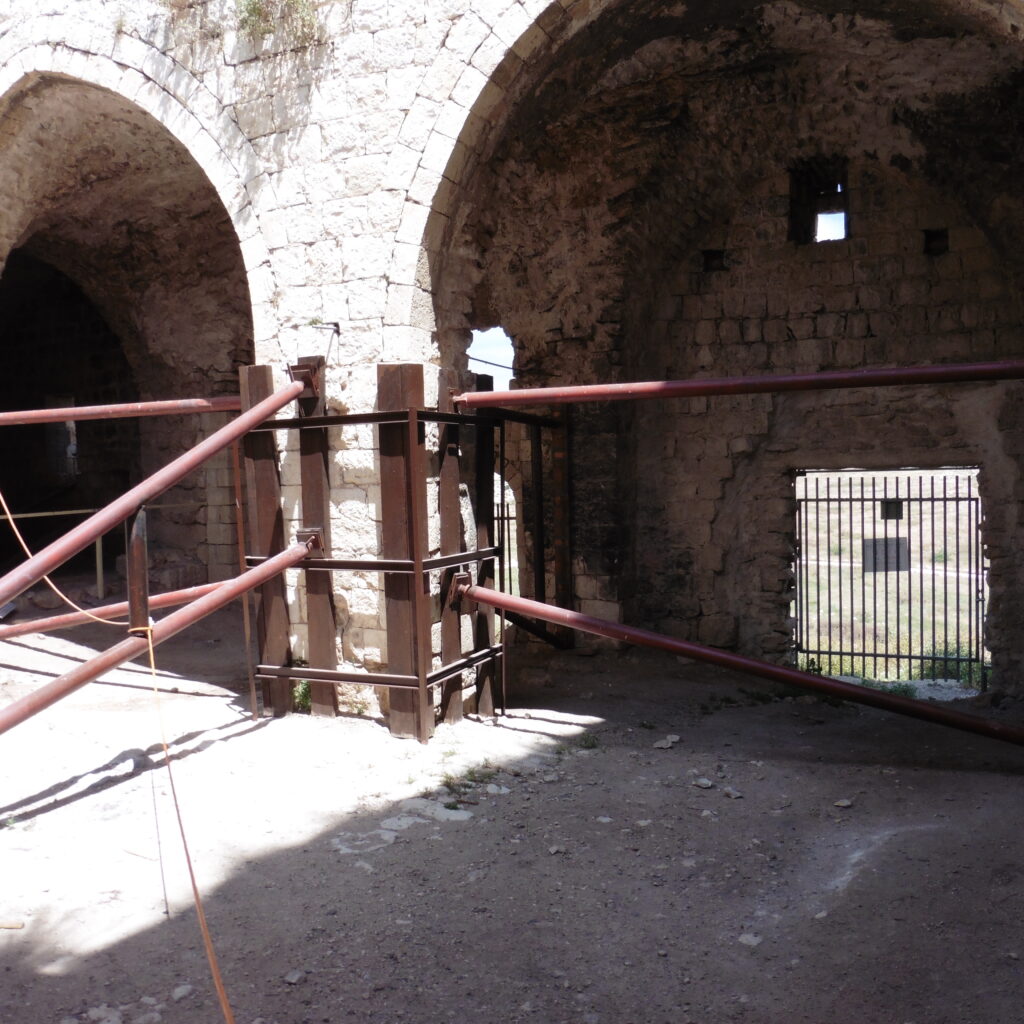
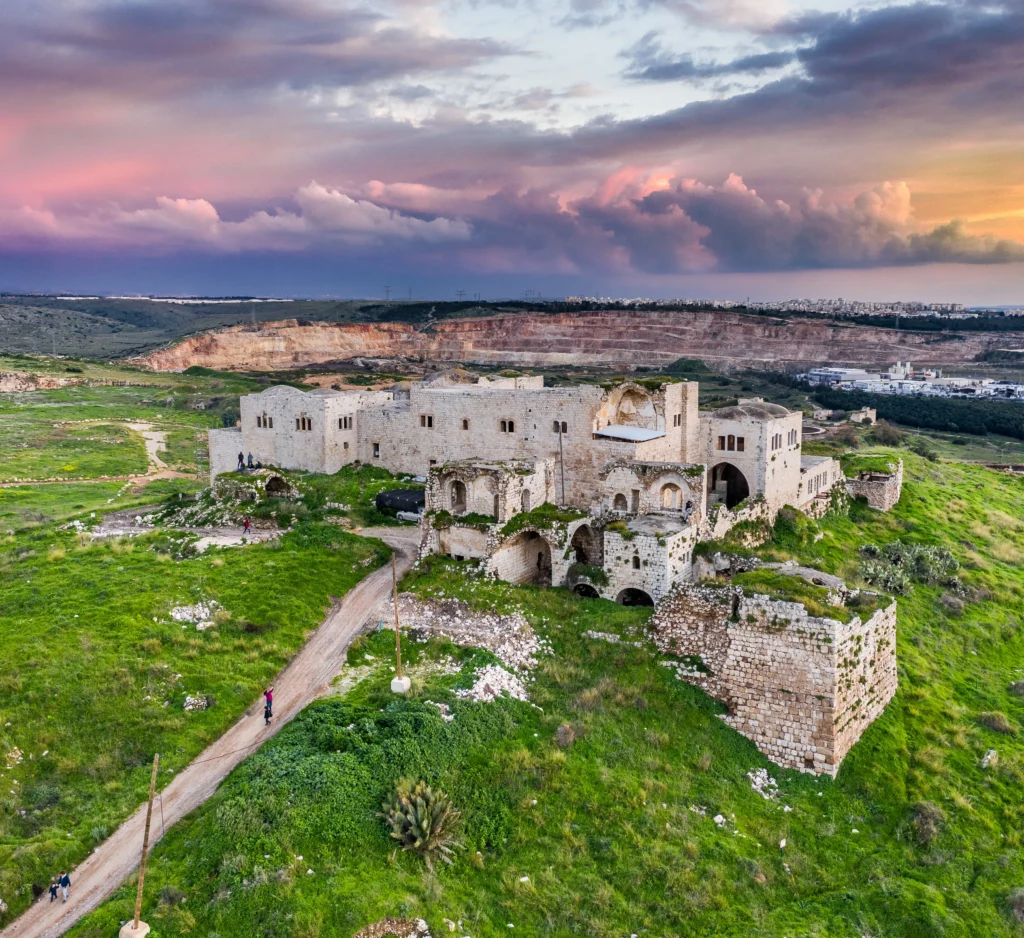
A Transformation We'll Never Forget
We remember our first visit to the site—an abandoned, cracked, and dangerous structure. Today, following complex historic building conservation using advanced engineering solutions and minimal intervention principles, it’s a central attraction in the Migdal Tzedek National Park, filled with visitors and serving as a successful integration of heritage preservation and modern tourism.
In Partnership With
Client: Israel Nature and Parks Authority
INPA Project Coordinator: Modi Oron
National Park Manager: Uri Kayzer
Project Managers: Ehud Shemshoni, Ronen Tzur
INPA Archaeologist: Dr. Zvika Tsuk
Architects: Moshley Eldar – Dagan Moshley, Saar Elial, Yiftach Rotenberg
Conservation Engineering: Schaffer Ronen Engineers – Yaacov Schaffer,
Aharon Levy, Yotam Gefen
